This project is artistically explored the “Collateral Effects” of the pandemic on science and society through the creation of a body of art works stemming from in-depth collaborations with researchers from leading scientific organisations across England.
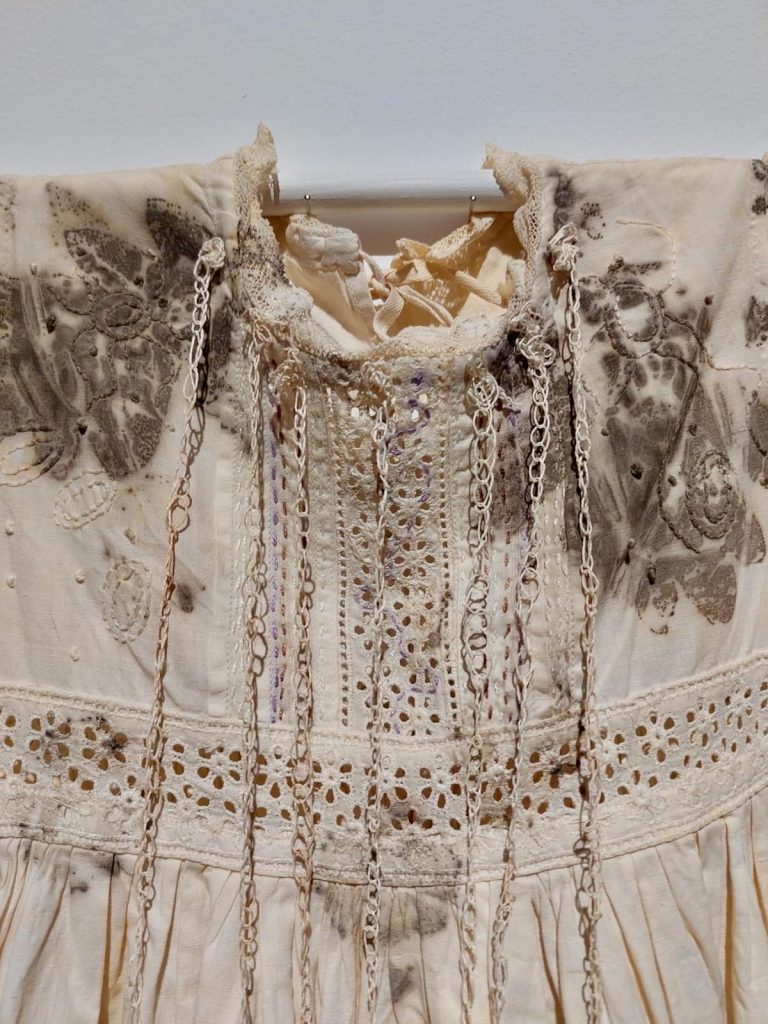
The immediate impacts of the pandemic are clear but there are already many unforeseen collateral effects on science as well as on the arts. By working directly with scientists the project Dumitriu’s work explored some of the hidden impacts of the pandemic on biomedical science, such as increases in antibiotic resistance due to increased prophylactic use of antibiotics in COVID-19 patients or in dental patients whilst surgeries were closed.
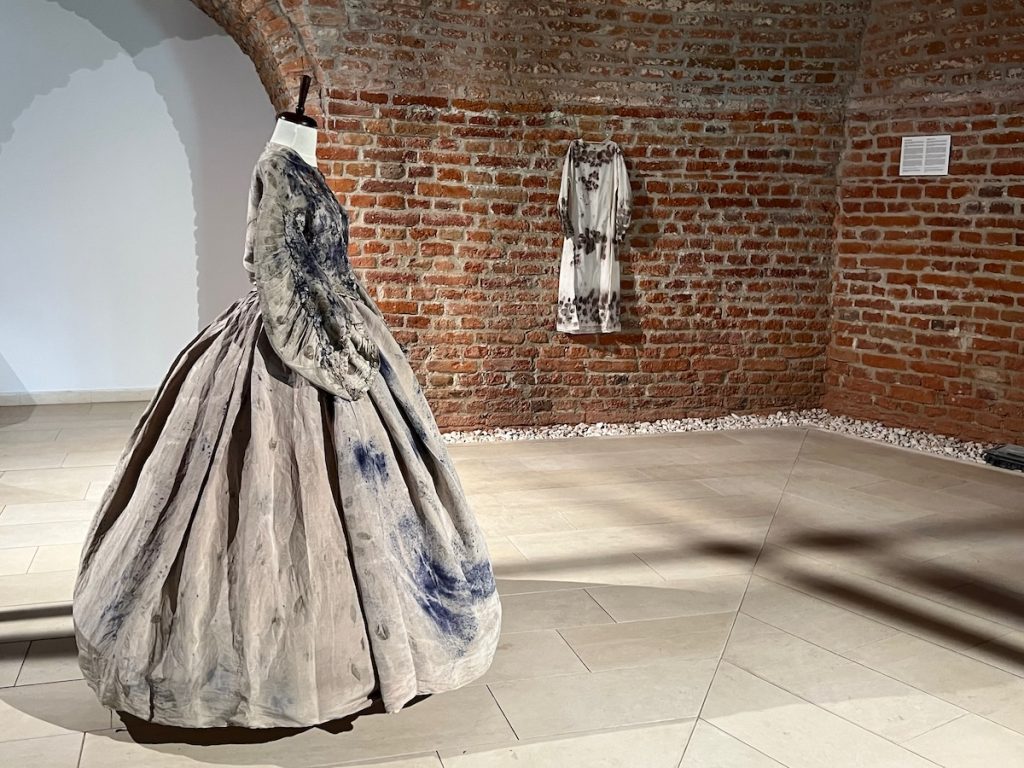
Additionally the project considered the sudden halting of almost all ongoing research in microbiology, as huge numbers of labs were turned over to work on COVID-19 testing. The project also reflected on the impact of the pandemic on BioArt, an area which Dumitriu is deeply engaged, which involves working with living systems, bacteria and synthetic biology at its core.
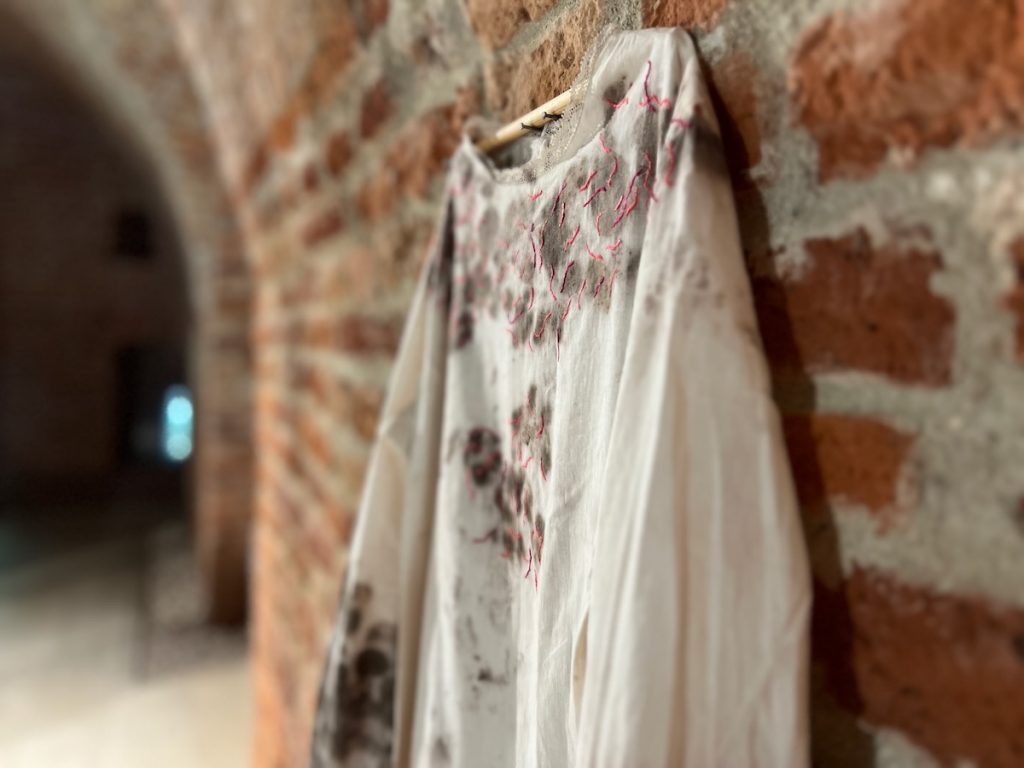
Dumitriu is worked with her collaborators in their labs with researchers to uncover the impacts on other globally significant diseases such as tuberculosis, once known as the ‘romantic disease’ due to its historic links to poetry and art, and cholera which is an everyday risk in conflict settings and refugee camps.
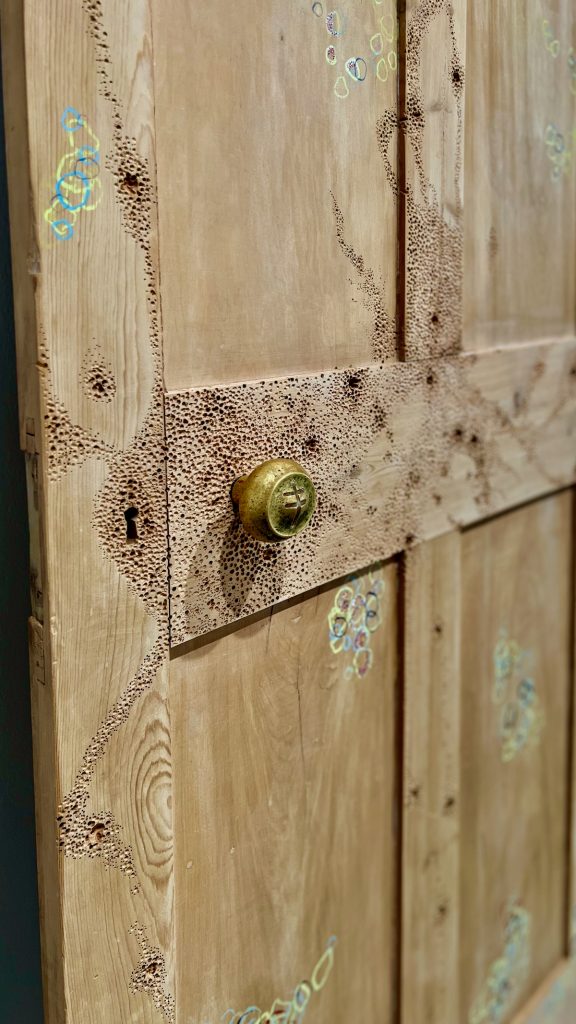
The project was developed in collaboration with curatorial partner FutureEverything and science partners researchers from major organisations including the National Collection of Type Cultures at the UK Health Security Agency, The CRyPTIC project at The University of Oxford, Birmingham Dental Hospital, The University of Leeds and the Wellcome Sanger Institute.
Works in the series included “Coming Back“, The Cholera Dress, The Syphilis Dress, Bacterial Baptism, Unruly Objects: Living Latex and more.
Collateral Effects: Biofilms
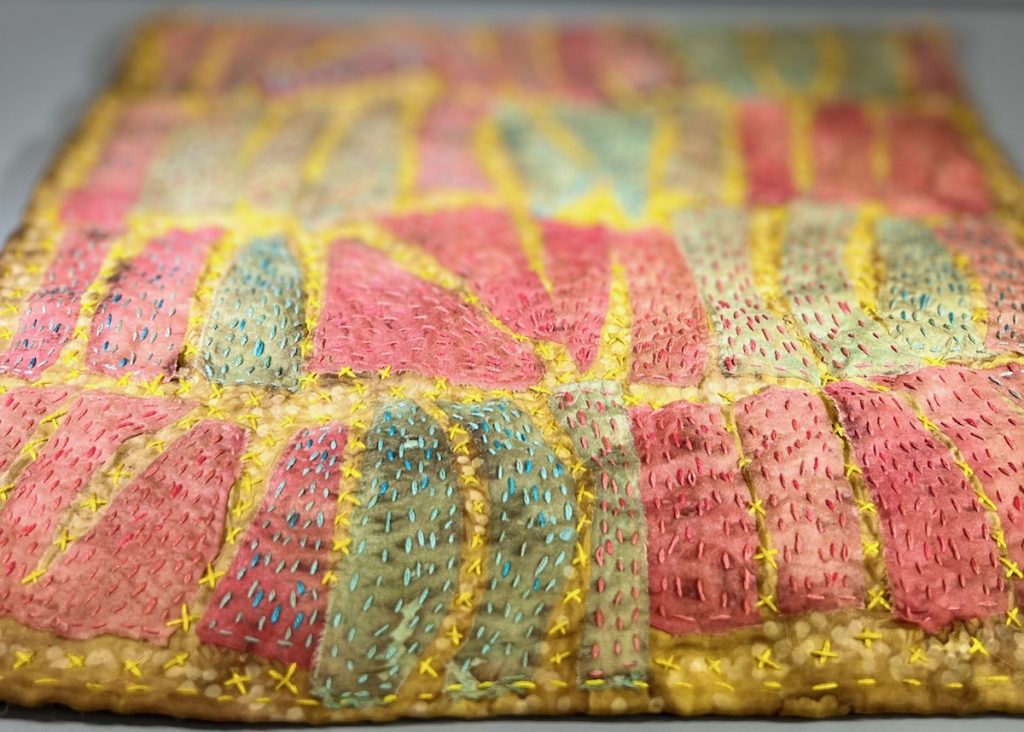
Collateral Effects: Biofilms (2022) Explores how bacteria join together to build complex, multi-layered, three-dimensional structures on teeth, in the form of plaque. This textile work comprises silk that has been placed in Petri dishes in the laboratory at Birmingham Dental Hospital and inoculated with diverse dental bacteria which were allowed to grow into biofilms. The silk pieces were then stained using dyes normally used to look at bacteria under the microscope, and sterilised. They have been stitched together in mixed layers, as they would be in a biofilm, the tiny stitches representing different bacteria. The silk pieces were then quilted onto a background of curcumin dyed silk. Curcumin is a natural antimicrobial substance. The darkening of the fabric is made using tannin derived from oak galls, a common mordant used in natural dyeing. Tannins are also present in food and drink, such as tea and wine and enable stains stick to teeth as they help dyes bind to fabric. The soft, comforting quilt belies the hidden impacts of increased antibiotic use that took place during the COVID-19 pandemic, when it was not possible to visit dentists in person, and considers the impact this may have on levels of antibiotic resistance in dental bacteria and continuing research in this area. In collaboration with Dr Sarah Kuehne and Dr Melissa Grant, University of Birmingham. Made with Quilted silk grown with dental biofilms and stained with microbiology dyes and natural antimicrobial dyes, embroidery. The work has been acquired as part of the Birmingham Dental Hospital Collection
Exhibitions
BDH Openwide Gallery hosted “Collateral Effects: Biofilms” at Birmingham Dental Hospital, Birmingham, UK from 1st September – 31st October 2022.
The North Wall Gallery in Oxford (UK) hosted “Collateral Effects“, a solo exhibition of works by Anna Dumitriu, including the premiere of new works developed through this project from 6th – 30th October 2022.

